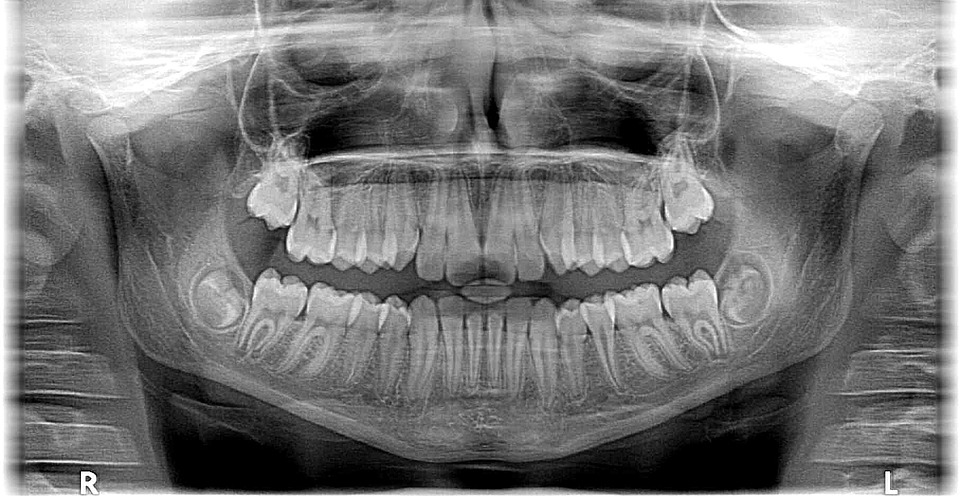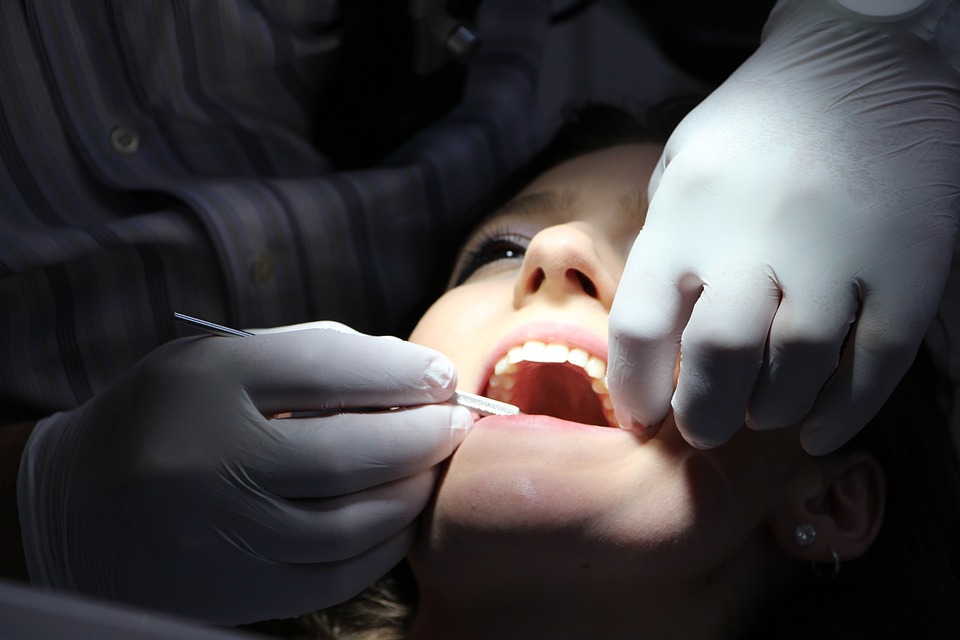What is orthodontics?
Orthodontics is a speciality focusing on the correction of both abnormally sequenced teeth and disharmony between lower and upper jaws.
While only visible front teeth were corrected years ago, later on, occlusion, the relation of teeth with the counter jaw and the jawbone has started to be corrected. Today, correction of the position of the jawbone in the face skeleton and even congenital anomalies such as cleft lip or cleft palate has been included in the speciality, along with the previous objects.
A dentist specialised in the field of orthodontics is called an “Orthodontist”. A doctor who received a specialisation education is also called an “Orthodontist” in short generally. To obtain this title, it is required to complete a specialisation education which lasts for 4-6 years after being a dentist, and to submit a thesis and pass an exam. Take a look.
What does an orthodontist do?
Your dentist will provide you with general information with regards to whether an orthodontic treatment is required, but an Orthodontist will provide the most detailed and sufficient information in terms of details, duration and cost of the treatment according to operations to be carried out.
Following a comprehensive interview and a detailed examination including many diagnosis methods such as your medical and dental history, oral and dental examination, creation of your jaw models and some special x-rays and photos at your first visit, it can be determined whether you require orthodontic treatment or whether tooth extraction is required, and type and duration of the treatment can also be determined.

If one of the following conditions is available, then you may require orthodontic treatment:
- Overbite: Upper front teeth are located ahead of lower front teeth.
- Underbite: Lower front teeth are placed ahead compared to upper front teeth, or upper teeth are placed behind compared to lower teeth.
- Crossbite: Lower and upper front teeth are overlapped when closed.
- Over Jet: Upper front teeth are ahead so as the mouth sometimes cannot be closed.
- Open bite: Lower and upper front teeth do not touch each other when closed.
- Midline shift: The midline of your upper front teeth does not coincide with the midline of your lower front teeth.
- Gaps: Gaps between teeth due to tooth extraction or for natural reasons.
- Crooked teeth: There is no sufficient place in the jaw for teeth sequence.
- Harmful habits: Habits such as thumb sucking, improper swallowing, tongue-pushing, pen-biting, and nail-eating that negatively affect tooth and jaw development.
